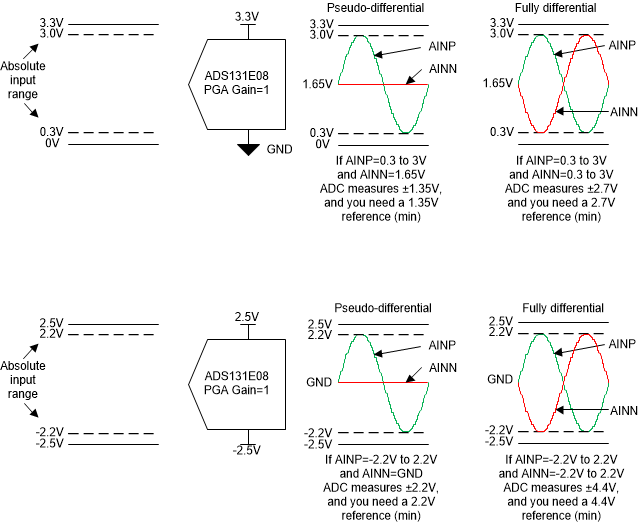Other Parts Discussed in Thread: REF3333, , ADS131E08, ADS1278, OPA350, REF5020, REF1930
Dear,
Can you checked and confirm schematic.
1) our every adc channel input is vary upto +/-2.8V sinwaveform.
2) We are applying external Vref +3.3V using REF3333 Ic.can we measure +/-2.8V sinwaveform. using this reference.
3) Do we required -3.3Volt to AGND for measuring 0 to -2.8V.



